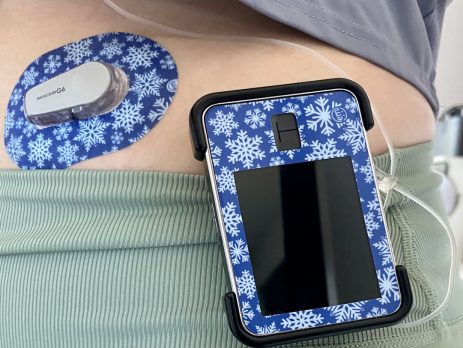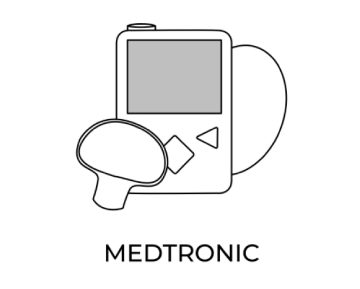CGM Patches
CGM sensors, patch pumps and cannula sets are vital pieces of equipment for those living with Diabetes. However, unfortunately, for many users the medical adhesive they use may not be effective for the full life of the device. This is where CGM patches can save the day!
Why wear a CGM patch?
Not all skins are the same, and not all users have an identical experience with their device. Despite the incredible work of the companies that provide them, often the life of a sensor or infusion set will be longer than the item will stay on the skin.
So if you experience problems with device adhesion, undertaking heavy activity or need help during wear (e.g.: your device is peeling up at the sides, getting caught in clothing and needs to be re-stuck) then that’s where CGM & Insulin Pump patches come in.
Benefits of CGM Patches
There are a number of great reasons to wear CGM patches. These include:
- Peace of mind. Your sensor will last the lifetime you need it to. After all you have a million other things to occupy your mind without this!
- Flexibility. To exercise, swim and live life how you want to without compromising your monitoring equipment’s durability.
- Security. Whether sleeping or living day to day, patches give you the extra protection to ensure your device is secure and in place.
How to prolong the life of your CGM sensor
There are two areas to consider when using a CGM that can help prolong the life of the sensor – your skincare routine and the practical aspects of your CGM.

Skincare tips:
- Exfoliate your skin. With all the daily effort and sweating, there is a lot of dead skin that is left on. Make sure to eliminate it prior to applying your sensor
- Clean and dry the sensor site. It’s important to wash the site twice: first, wash with soap and water and let dry. Then, scrub the site thoroughly with an alcohol wipe and let dry.
- Keep your skin dry. In order for your sensor to not stop working it is important to keep your skin cool and to avoid engaging in activities that make you sweat before right applying the sensor.
- Remove any adhesive residue. It is well known that sensors might leave some residue, therefore it’s important to clean the site accordingly. Consider using an adhesive remove
- Be careful with the products you are using. Antiperspirant spray may help with adhesion, but deodorant might not be so good as it has extra chemicals that can irritate the skin.
- Leave a product-free spot on the skin. While using moisturising products it’s important to leave some product-free spots for the CGM sensor needle to stick. Otherwise, the adhesive’s chemicals could compromise the accuracy of your readings,
Sensor tips:
- Give your sensor warm-up time. If you apply the new sensor before bed, make sure the warm-up period of the sensor is complete before going to sleep.
- Be careful where you place your CGM. Make sure not to place your CGM where your skin folds when you bend, where there is hair, and/or near your waistband as it will impact the sensor’s lifecycle. Moreover, make sure to change the sites with every sensor session.
- Keep your sensor dry. If you are not covering your sensor in any way make sure to dry your sensor thoroughly by patting it with a towel.
- Use an adhesive underneath and a patch over the top. If you feel the need for extra care and assurance you can use an adhesive like Skin Glu and then cover your sensor with a patch like Not Just a Patch 😉
Our range of patches
We have patches to suit most devices – whether you are looking to be subtle or stylish! Click on your device below to browse our range,








